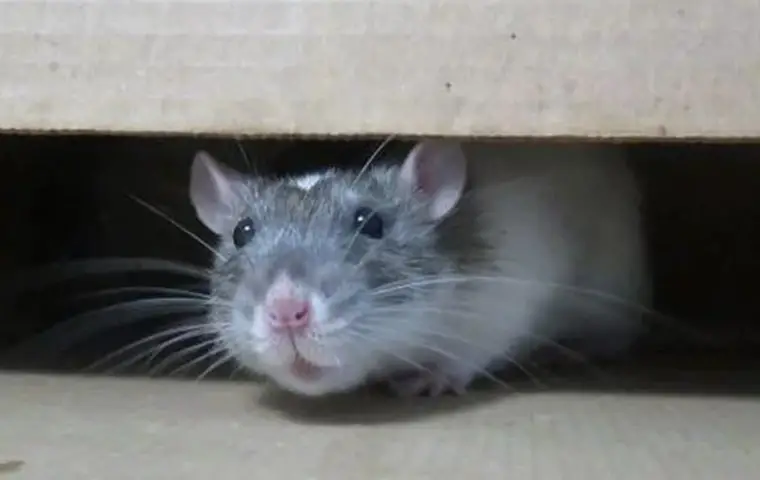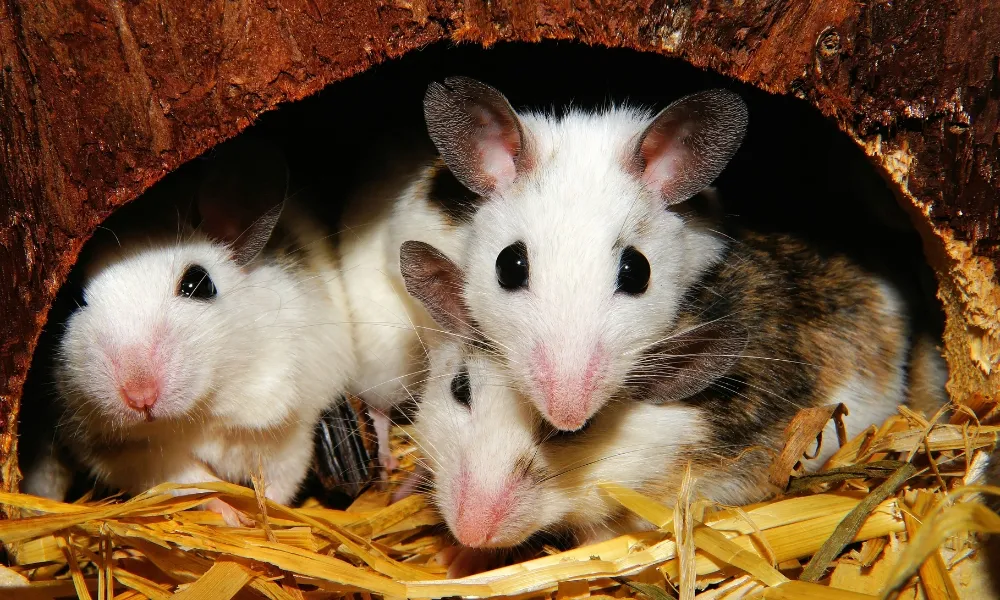Mice are amazing creatures that travel long distances in search of food and shelter. It might have crossed your mind a million times if they could find their way back home.
Quick Answer —
Yes, mice can find their way home. Mice can brush up surfaces and use grease marks to locate their way back home; Especially if they are released in a location where they are familiar.
Pet mice (aka domestic mice) will miss their way if released to a certain distance away from home.
On the other hand, field mice will locate their way no matter how many miles away.
This is because they lived and grew in the wild where they have the opportunity to wander.
Now that you know how intelligent mice are to find their way home, would you like to know how they do it?
Let’s continue reading below…
Table of Contents
How Are Mice Able To Get Home?

When mice travel, they don’t just wander away.
They try to leave marks to remind them of the route they followed while going out of their homes.
However, they follow crevices and cracks leading to their nests.
Some other times they go through the doors if they are left open or slightly ajar.
How Far Should You Release a Mice?
Mice should be released at least 2 – 3 miles ( 3.2 – 4.8 km) away from where they were caught.
According to pest control experts, it’s important to release mice as far as possible.
This is because they might come back. Especially in remote locations.
Owing to their excellent senses mice recognize long distances without much stress.
Releasing Mice (What to do)?
Releasing mice should be done smartly and humanely using the following steps.
Cover your hands with gloves.
Mice sometimes carry dangerous infections and can transmit them to humans.
To ensure your safety, wear a pair of good gloves to avoid scratches, bites, and contaminations.
Put the mouse inside a clear container.
Carry the trapped mouse and gently place it in a clear plastic box.
The box or container size should be bigger than the mice trap (at least 4 inches or 10.2 cm) deep.
Wrap the mouse with a disposable towel.
Cover the mouse with a towel, rag, or old cloth you can dispose of after releasing the mouse.
Calmly spread the towel or rag on the mouse’s head to make sure it is calm.
Place a hand on the mouse’s shoulder and softly raise it from the trap.
Oil the trap.
Pour some oil around the area where the mouse is stuck in the trap.
Try not to pour too much to avoid pouring it on the mouse’s body.
Take up a cloth or cotton swab to grease the oil on the trap glue.
Set the mouse free
Go on with rubbing the area with glue where the mouse is stuck for a few minutes.
At some point, the mouse will loosen from the glue and will go out of the trap.
As soon as this happens, take away the trap from the clear container.
Throw it away wrapped in a plastic bag before putting it in the garbage.
Clean excess oil.
Damp a towel in water and clean any oil that spilled on the mouse’s body (head, paws, etc).
Oil on mice’s bodies will stop them from handling their body temperature.
So, it’s advisable to clean as much as possible.
Release to an Animal specialist or Choose a location in the wild
You can call a veterinarian to come to pick up the mouse.
When you can not do that, just choose a location nearby in the wild to release the mouse.
The distance should be at least always within 100 yards (9144 cm) of where you caught it.
Discharge the mouse.
Put the clear container on the floor near bushes or grasses and take a few steps backward.
When the mouse is calm, it will easily leave the container and find safety.
Dispose of the gloves, towel, and container then wash your hands.
Throw away the gloves, towel, and the container you used for the mouse into the garbage.
When you are done doing that, disinfect and wash your wash properly.
Best place to release mice
Mice are best released to wildlife rehabilitators or into the wild at least 100 yards away from your house.
This is to ensure that the mice would not return to the house.
Mice should also be released in areas where there are lower chances of predictors.
How far will the mice travel to get back home?
Mice can travel 1-2 miles long to find their way back.
This happens if they are released close to the homes where they were trapped.
Reports have it that mice have traveled 2 miles to return to homes they were taken from.
So, it’s necessary to go farther than 2 miles to make sure this house guest doesn’t return.
Do mice survive if they relocate them?
No, they don’t usually survive.
Relocated mice do not commonly survive because they are relocated to unfamiliar environments.
They face difficulties like where to find food, shelter, and even water.
As a result, they become exposed to disease, parasites, predators, and other dangerous animals.
These animals feed on them as their prey or they die from disease attacks.
Recap
To conclude, mice can find their way back home after traveling.
Pet mice are not as smart as wild mice. Hence, they will get lost if they travel far.
Mice use landmarks to trace their way home.
When they are caught, they should be released 2 – 3 miles away from the home.
This is to prevent them from returning to their homes.
A mouse that is released less than 2 miles will certainly find its way back home.
And most times when they are released, they die as a result of disease or prediction by other animals.
Now, it is clear to you that mice find their way back home.
Would you also like to know if they come into your house with their babies?
Go through our article “Do Mice Move Their Babies” to find out.
